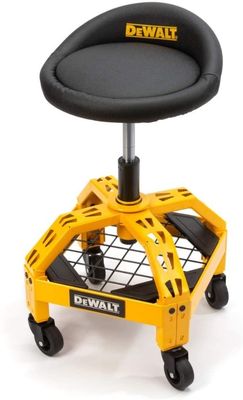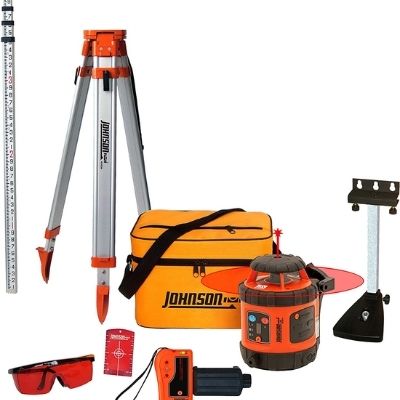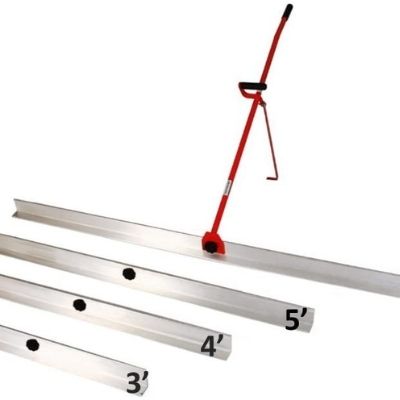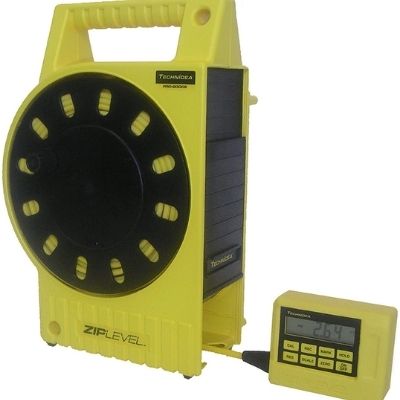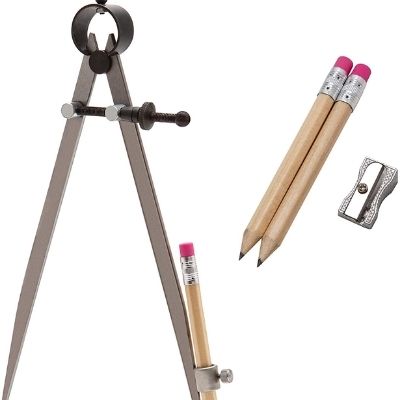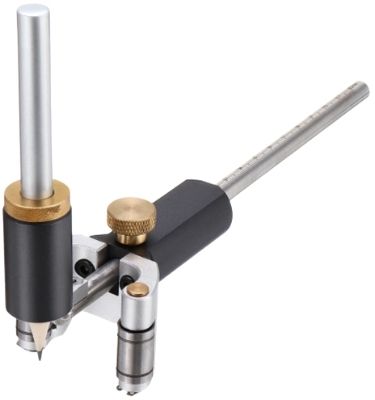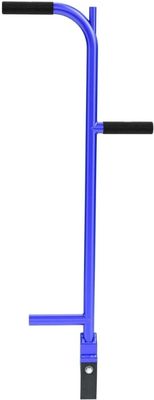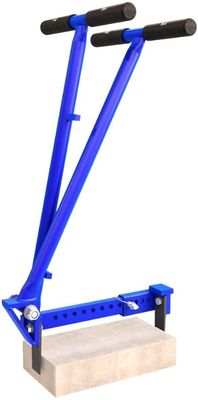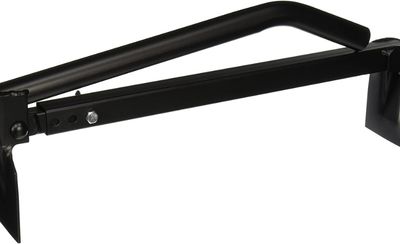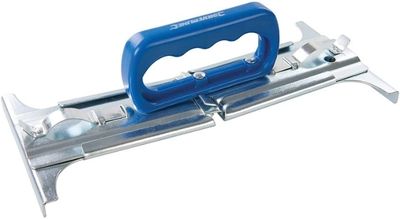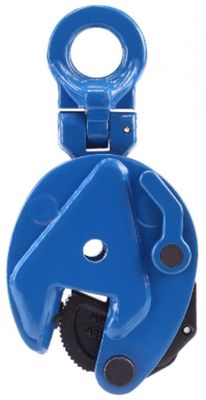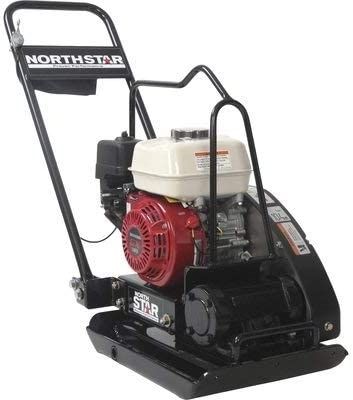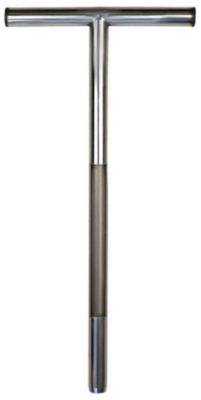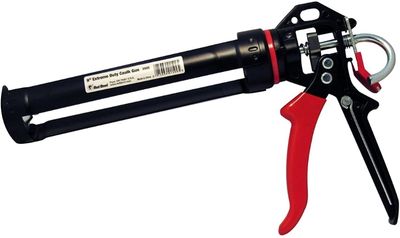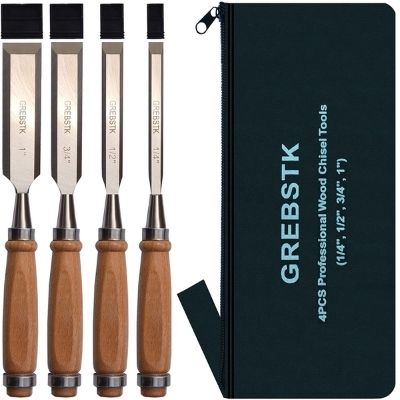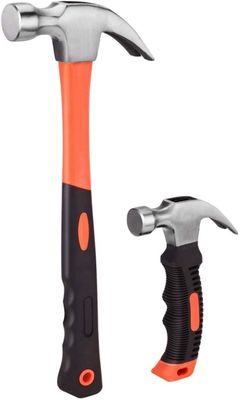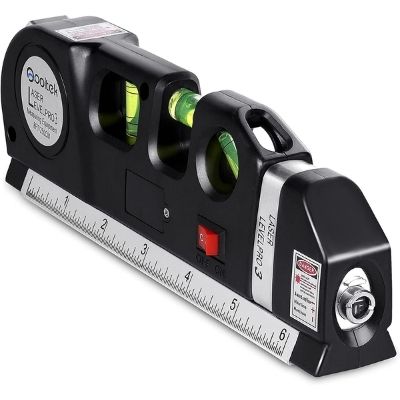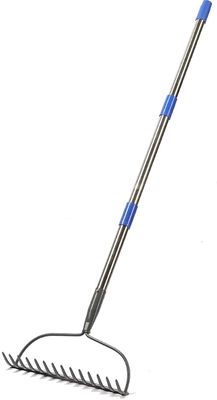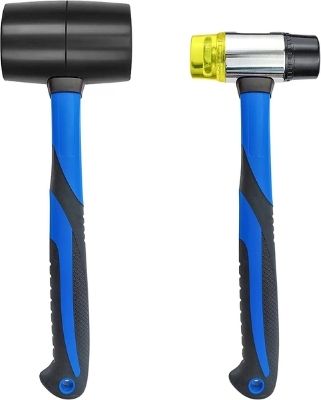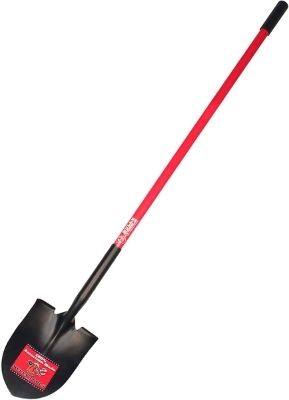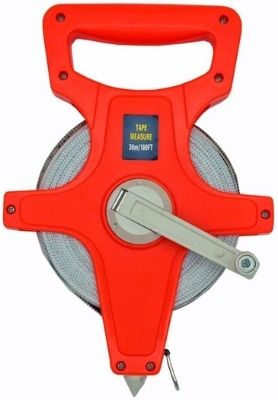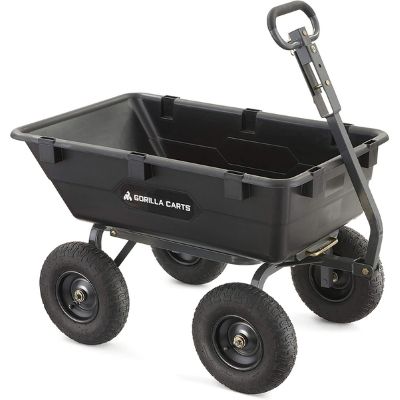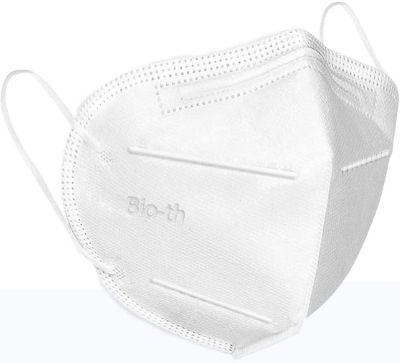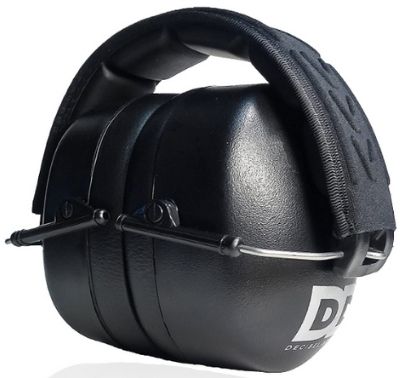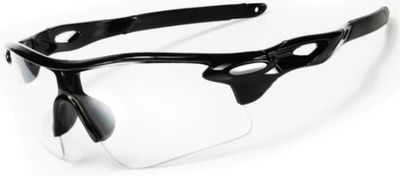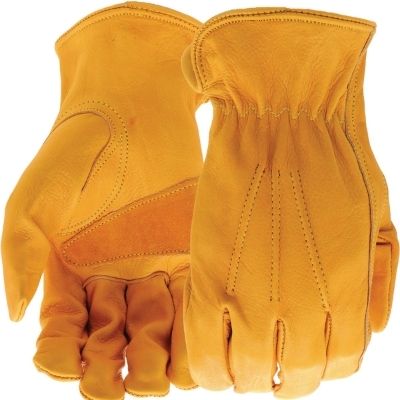Table of Contents
Why You Need Professional Hardscape Tools
Are you in the process of expanding your landscaping business to include hardscaping niches? If so, certain tools are not only a good business investment, but they will also help you run your company smoothly, safely and efficiently. In general, they can be much more reliable than most of your employees.
The U.S. is currently suffering from a labor shortage nationwide. Supplying your hardscaping business with the right tools is the most cost-effective way to replace absent or non-existent laborers. They can also help save time and wear-and-tear on you and your employees’ backs, making everyone even more efficient on the job.
Or maybe you’re looking for hardscaping tools for your own DIY projects. If so, the tools we discuss in this article will help save you time, which equates to saving money. You can depend on these tools to last for years, making them a great investment if you plan on doing multiple projects.
The Best Hardscaping Tools for Your DIY Projects
Now, let’s get into some of the tools used for building and installing hardscapes that should be in your collection:
Hardscape Screeding Tools
What is screeding? It’s the process of leveling a concrete layer or floor by moving a straight flat edge back and forth across the surface along two rods. The main purpose is to ensure that the floor is nice and smooth before laying the finish.
Screeding is the final step of preparing the base when installing driveways, walkways, paver patios and retaining walls. The following tools make the process more efficient while helping you get the job done:
Adjustable Height Screeding Tool
Picture of the Adjustable Height Screeding Tool
When installing pavers at different heights, screeding can be painstaking. So, many professionals turn to a tool that makes it simpler to screed each bedding layer to match the next paver’s exact height when placing them in an inlay or along your bed’s border. This device is called an adjustable height screeding tool.
It allows you to specify the height you need to match each paver to much more easily. Because of this, the tool is exceptionally versatile. Using it, you can lay an inlay or bother with a different height than the other pavers surrounding it. This helps save you both money and time on this DIY paving project.
Retaining Wall Screed Rails Tool
Picture of the Self Leveling Rotary Laser System Kit
Looking for a portable solution that helps you create layers in your bed so you can lay your retaining wall pieces on top of it? Try using a retaining wall screed rail with chains to make the job much easier, especially when used with a rotary laser level.
On your compacted base, set the rails of the screen along the retaining wall’s planned path and place them perpendicular to the wall itself. Correctly set the height of your rail grades and screen the gravel. Then, you need to move all the rails except for the very last one. Keep the chain attached as you keep screeding with the retaining wall screed rail.
Rotary Laser Level Tool
This tool is used in outdoor construction projects. With the help of a grade rod and laser detector, a rotary laser level allows you to excavate for building up or digging down. There are three main categories:
- Manual Leveling – Requires a mounted bubble level
- Electronic Self-Leveling – Uses a leveling system with a pendulum
- Automatic Self-Leveling – Finds level using gears and electronics
Screeding Rake Tool
Picture of a Screeding Rake Tool
One of the biggest issues with screeding is that it requires getting on your knees to level your bedding layer. A screeding rake allows you to complete this leveling task while standing up. The rake’s length helps reduce the time it takes to screed the bed because you can screed a wider area.
Zip Level Tool
Picture of the Zip Level Tool
This is a very popular alternative to a rotary laser level. Any object’s height can be measured from the zero-point using a zip level tool. All you have to do is set the zero level at your starting point and measure from there. Place the rod at the next point where you want to measure.
Simply set the bars so that you’re measuring off the previous point using the zip level to simplify the process. It doesn’t even have to be visible. So, if something is blocking the path, you can still measure freely with the versatile grade measurer.
Hardscape Paver Scribing Tools
Looking for a tool that helps you make marks for perfect cuts? Paver scribers make cutting both simpler and more precise. Below are two popular hardscaping tools for scribing pavers:
Compass Scribe Tool
Picture of the Compass Scribe Tool
Need to cut into a curved wall? A compass scribe helps you create the perfect curve by ensuring that you cut the correct wedge off the cap of the wall when cutting. It’s a paver scribe combined with a compass so you can mark the next wall cap cutting while following the laid wall cap’s edge.
A compass scribe makes it easy to cut into a curved wall. Just start with the wall’s first cap. Then, angling it the way you want it to curve, place the next cap right next to it, creating a gap that’s wedged between them.
Place your compass at the wedge’s widest gap. Shorten it to the wall piece’s corner that you plan to cut with your marker on that same spot. Mark the piece you want to cut while following the existing wall cap’s edge.
Long Curve Scribe Tool
Picture of the Long Curve Scribe Tool
If you’re installing a paved pool or patio walkway or a bunch of curved walkways, a paver scribe will help make the job much easier. It’s a paver-making tool that makes it simpler to make one side have the exact same curve as what’s on its opposite side. Just use it to mark the path itself before you start installing the pavers.
Set the scribe to the appropriate length of the curve you’re trying to match. Place some type of marker in the holder. Walk along the opposite side of the existing curve while following its path to ensure you’re marking it to match as you go.
A long curve scribe will help you create a consistent curve that matches and follows the same curving pattern as the existing one. That way, you end up with a uniform-looking patio or walkway.
Hardscape Stone Lifting Tools
When stone is installed using polymeric sand it can be difficult to remove. The same goes for tasks like picking up and removing picking pavers in stacks. Luckily, there are stone lifting tools that make these tasks much simpler for both professionals and DIY hardscape installers.
Paver Adjustment Tool
Picture of the Paver Adjustment Tool
Dealing with installed pavers that simply are not lined up properly and want to correct the problem? There’s a hand tool that can help with that. It’s known as a paver adjustment tool, and its purpose is to help you adjust the lines.
It has a flat edge and a lot of leverage. This makes it perfect for pushing multiple pavers at one time. Just grab a mallet and use it to pound the pavers into place after adjusting them properly.
Paver Extractor Tool
Picture of the Paver Extractor Tool
Just need to replace a few stones here and there after polymeric sand has been used to install them? Well, you might find it to be a bit difficult to remove just one single stone without damaging the ones next to it. That’s because the purpose of the sand is to interlock the stones into place. But with a paver extractor tool, you can easily remove them one by one to replace only the ones that need replacing.
To use a paver extractor:
- On the tool’s clamp, set the size of the paver
- Place the tool’s teeth into the stone’s joints
- Hammer the teeth deep down into the joints using a mallet
- Remove the paver by lifting the extractor’s handle and jiggling it back and forth until the paver is lifted out of the landscape
Paver Lifting Tool
Picture of the Paver Lifting Tool
A paver lifting tool makes moving and removing them much easier and less time-consuming. Just slightly tip the stacked stones over a bit and slide the lifting tool’s plate under the stack. Then, apply pressure to the top of them and trap them in place by lifting the tool’s handle. This secures them and makes it simpler to move the entire stack at one time.
The tool helps you move large quantities of smaller pavers around quickly. It also allows you to move the stacks without having to balance them as you try to carry them by hand.
Paver Slab Lifter Tool
Picture of the Paver Slab Lifter Tool
Looking for the best hardscape tool for lifting and placing larger pavers where they belong? A paver slab lifter is great for the task. It works much like a paver extractor, except that it’s much bigger.
- Determine the size of the paver you want to lift and set the lifter to that size
- Place its teeth on the stone’s sides while lifting the handle upward to place pressure on the slab on both sides
- Pick up the paver and use the tool to move it where you want it installed
For bigger jobs involving even larger slabs, try using a two-man-slab lifter. They are even larger and allow you to move massive-sized pavers, such as concrete slabs.
Wall and Stone Lifting Clamps Tool
Picture of the Wall and Stone Lifting Clamps Tool
When you need to move massive size pieces of stone or wall blocks, using manpower can be time-consuming and back-breaking work. Adjustable lifting clamps make the task simpler by allowing you to lift stones, steps and wall products into place without using a lot of manpower.
These clamps save time and labor by making it easier to move heavy objects from one place to another. You can find wall and stone lifting clamp tools and various sizes and shapes to meet your professional and DIY hardscaping needs.
Soil and Water Testing Tools
It’s important to test water and soil before making landscaping contractor quotes. As a DIYer, you may also want to test your soil to ensure it has the right amount of nutrients for growing thriving crops.
Aqua Compactor
Picture of the Aqua Compactor
Need to provide compaction in a specific area, such as around your pool? Well, the best compaction combines both time and water. Many professionals prefer using aqua compactors over forceful and heavy plate compactors, which are known for destroying lines, such as plumbing when ran over with the tool. Aqua compactors allow you to inject water deeply into them so the area settles naturally.
Soil Sampler Probe
Picture of the Soil Sampler Probe
If you’re a professional landscaper, it’s important to take samples from customer sites without destroying the lawn. This could lead the customer to reject the quote outright. For DIY landscapers, the same goes for your own lawn. You don’t want to leave a bunch of huge patches just trying to take a sample or two.
A soil sampler probe makes taking samples much easier and less intrusive. It pulls the sample out without leaving a noticeable patch. It measures the deepness of the topsoil and the quality of the subsoil.
Must-Have Hardscaping Hand Tools
It’s almost impossible to complete a hardscaping project without certain hand tools. They help you plan, prep and implement a hardscape project successfully. Keep these tools on-hand at all times for both large and small projects around your landscape.
Caulking Gun
Picture of the Caulking Gun
A caulking gun comes in handy when you need to seal up cracks in your walkway, driveway or pathway. Just put a tube of caulk into the gun and cut the top off to open it. After piercing its seal, you’re ready to start pumping the caulking glue where you need it.
Chisel
Picture of the GREBSTK 4PCS Professional Wood Chisel Tool Set
A chisel is designed with a cutting blade edge on one end. It’s used for cutting or carving hardscape material by hand, such as metal, stone or wood. The sharp edge can also be sued to help carve letters or images into wall blocks for a 100% unique look.
Hand Tamper
Picture of the Hand Tamper
A hand tamper is an ideal tool when you need to pack and level dirt, gravel, stone, asphalt or soil in areas along edges or other hard-to-reach places. Keep in mind that tampers with wooden handles tend to break easily after pounding things into the ground. So, make sure yours has a steel handle.
Hammer
Picture of a Hammer Set
Of course, you know you need a hammer to get those nails in place when installing hardscapes in your yard, such as interlocking driveways, patios and walkways. But a hammer also comes in handy when using a chisel in the landscape. Use it to hit the chisel when creating those unique patterns in your wall blocks.
Levelers
Picture of the Qooltek Multipurpose Cross Line Laser
Levels are the best hardscaping tools for screeding or creating hardscapes such as retaining walls and paver patios and walkways. If you only want to purchase one, go with an 8-foot leveler. You can use it to level larger areas for screed bars, walls and outdoor flooring.
Rakes
Picture of a Metal Rake
Having both a rake and a landscaping rake in your collection of hardscaping tools will make your life much easier. A metal rake makes it easier to spread and move heavy mounds of dirt, soil or gravel around.
Landscaping rakes are much larger and allow you to fine-tune or screed over much larger areas. These specialty rakes also allow you to screed and perform other hardscape tasks without having to get on your hands and knees.
Rubber Mallet
Picture of Rubber Mallets
When building a retaining wall or installing pavers for patios and pathways, a rubber mallet will come in very handy. You can use it to force the blocks in place by pounding on them to ensure they are level at each point. A steel hammer will simply break or chip the blocks. Using a rubber mallet is better because it provides the right amount of force needed without destroying the blocks in the process.
Shovel
Picture of a Steel Round Point Shovel
It’s almost impossible to complete a hardscape project without using a shovel. You need a good, high-quality shovel for tilling dirt and moving stones from one place to another. Make sure it’s a steel shovel so it doesn’t break under pressure.
A pointed shovel is a must-have for any landscape. But you may want to add a flat head shovel to your hardscape tool collection as well.
Steel Screed Bar
Picture of a Steel Screed Bar
Your screed bar’s outer diameter should be a maximum of 1-inch. That’s because your screeding layer should not exceed this diameter. If you can’t find one with these specs, have your local hardware store cut it for you. But make sure the bar is a fairly long length. The longer the steel screed bar, the larger the area you can screed. This means completing the task even faster.
String Line
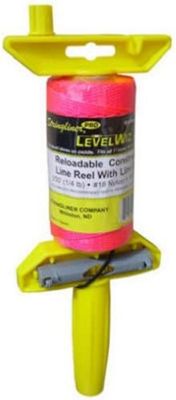
Picture of the US Tape 24162 Stringliner
This hardscape tool is used to mark your driveway, patio, walkway or pathway’s outside border. A string line can also help you create straight lines when installing pavers for outdoor floors. It’s commonly used to mark levels when building retaining walls to keep the blocks in a straight line.
Tape Measure
Picture of the 100 FT Tape Measure Tool
No landscaper, whether DIYer or professional, should be without a tape measure. This is one of the best hardscaping tools you will need for any landscape project. You will need it to measure areas where you plan to lay pavers to ensure you purchase the correct amount. Tape measures also come in handy when building raised garden beds, walkways, pathways, patios, decks, gazebos and just about any other hardscape you can think of for your landscape.
Note that this is one of the most commonly misplaced tools. So, we tend to keep at least six of them all around the house and yard. And to help keep up with them a bit better, we always make sure they are very bright in color. Orange is currently our favorite.
Wheelbarrow
Picture of the Gorilla Carts Heavy-Duty Poly Yard Dump Cart
This is a hardscape tool that I’ve been wanting to purchase for over a year now. I get so tired of lugging large bags of soil and mulch from the trunk of my car to the front and back yards. The same goes for lugging the planter wall blocks and wood that I use to build my garden beds, as well as bricks, cinder blocks and other heavy materials.
The main reason why I have yet to purchase one is because of bad reviews. Most of the economical wheelbarrows tend to crack and chip or the wheels fall off after a few uses. So, before investing in one, be sure to do your research to ensure it lasts you for years to come.
Hardscaping Safety Tools
Safety is key to any hardscaping project. You don’t need to stop the job mid-stream bandaging up boos boos or to visit the emergency room because you hurt yourself. Some damage can be long-term or lifelong. So, protection is crucial.
Dusk Masks
Picture of a Reusable Face Mask
When working in the landscape, you need to protect your lungs from such harmful chemicals as concrete dust. It is best to use a vacuum or water to deal with the dust when cutting concrete. If not, your lungs will be engulfed by a cloud of dust from the cutting.
And don’t even think about simply holding your breath. This is not good enough to provide the protection you need. You can purchase a pack of reusable dust masks for less than $13. So, go ahead and purchase some to ensure that you don’t find yourself coughing up dusts and possibly causing irreversible damage to your lungs.
Hearing Protection
Picture of Safety Ear Muffs
Certain hardscape tasks, such as cutting concrete, can wreak havoc on your eardrums. The damage from loud, piercing noises that cause ringing in your ears can be irreversible in some cases.
This can lead to tinnitus, which could leave you hearing buzzing sounds in your ears for the rest of your life, even when you are trying to go to sleep. So, get yourself some ear protection gear to avoid permanent damage to your ears.
Safety Glasses
Picture of ROCKSAFE Safety Glasses
When the job involves chiseling or cutting, safety glasses are mandatory. They protect your eyes from flying pieces of concrete, glass, metal, etc… And note that this doesn’t happen just sometimes. It’s almost 100% guaranteed that these materials will fly into your face when performing such tasks. So, protect your vision by always wearing safety glasses.
Work Gloves
Most savvy gardeners prefer to feel the soil in between our fingers. So, we tend to skip the gloves when working with soil and plants. But when performing tasks like laying large or thick pavers and slabs to build walkways or retaining walls, work gloves are a must.
They keep your hands from getting cuts and scratches, as well as stopping them from becoming very dry when touching concrete products for long periods of time. So, be sure to have a good, thick pair of work gloves in your hardscaping tool kit to keep your most important tools – your hands – safe while building hardscapes.
Recent Articles



